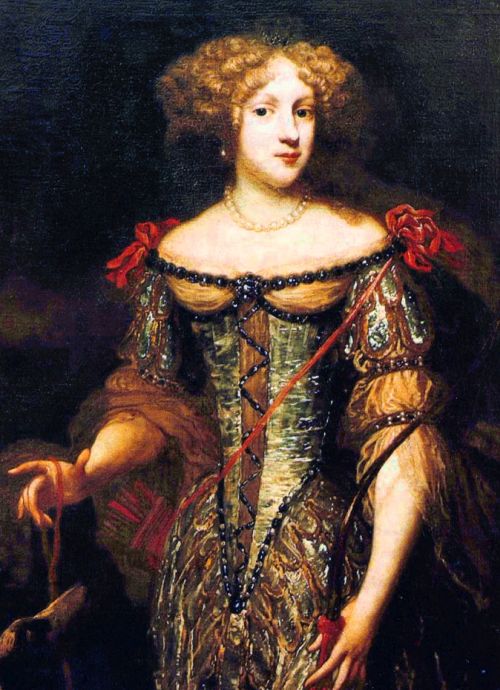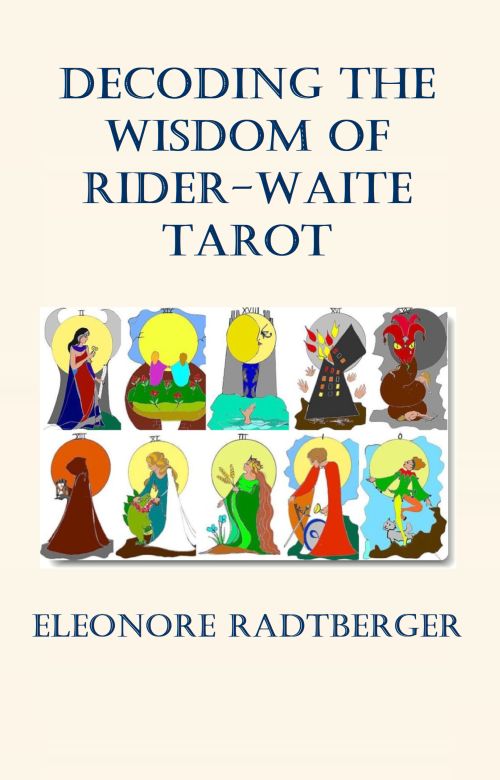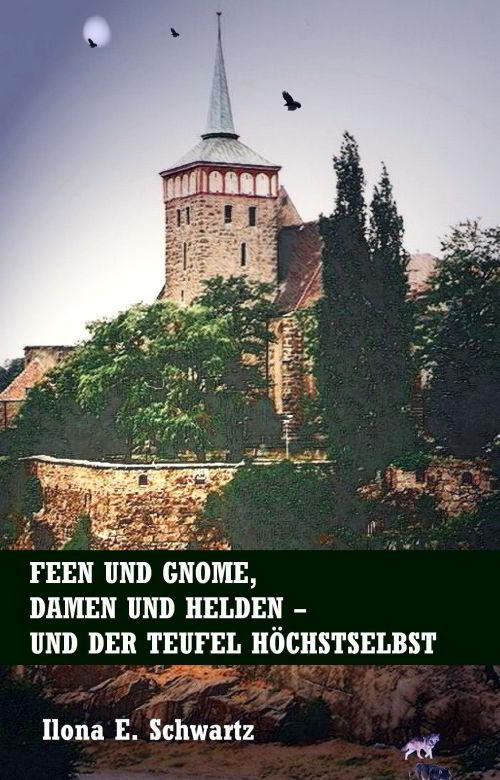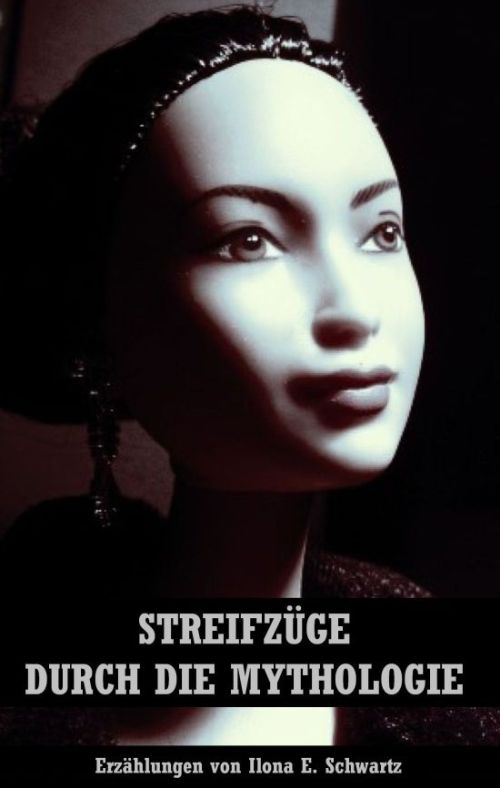
|
Women in History: Elizabeth Charlotte, Duchess of Orléans
Liselotte, a German princess at the court of the Sun King

The name 'Liselotte" is very familiar to most Germans, because even those who don't necessarily know who she is have seen at least one of the films or musical comedies based on the princess's life. Born in Heidelberg in 1652, her title at birth was Princess Elizabeth Charlotte of the Palatinate, better known as Liselotte von der Pfalz.
The young princess grew up in sometimes strange circumstances, separated from her family and later brought back to her father's court. Her mother had been abandoned by Liselotte's father, the Elector, because he wanted to marry his mistress. Such a marriage of convenience was not uncommon in the highest aristocratic circles and was not clearly dishonourable.
The father was very fond of the lively girl and affectionately called her 'Bärenkätzchenaffengesicht' (bear cat monkey face). In the years that followed, the little princess received all the education necessary for her station, for a daughter was a valuable pawn in political relations.
In 1671 she married Philippe I, Duke of Orléans, the brother of King Louis XIV of France. It is unlikely that the young woman was asked whether she liked the arrangement – for Philippe had a very bad reputation. His open homosexuality, his obsessions and his extreme egocentricity hardly made the Duke the dream prince a pretty young woman would wish for. But Liselotte was a child of her time and did not expect much love in her marriage.
The Duke of Orléans was probably a real test of Liselotte's common sense. His affairs and manners may well have tried her patience, for he made no secret of his hatred of women or of his relationships. His first wife, Henrietta Anne (Minette) of England, sister of the English King Charles II, had died in mysterious circumstances. Philippe's long-time lover, the Chevalier de Lorraine, was suspected of having poisoned the Duchess. The English princess had suffered at the hands of the Duke of Orléans, and it was foreseeable that the same would happen to Liselotte.
But above all, the young German astonished the entire French court, for unlike the pampered and poseur-obsessed French courtiers, Liselotte had some rather unusual tastes. She liked to spend time in the fresh air, loved books and used her sharp mind. This endeared her to the king, who shared many of her interests and may have appreciated her refreshing manner. It may also have provided a buffer against Philippe's whims, who may have held back a little while his wife was in the king's good graces.
This changed when Liselotte refused to acknowledge Madame de Maintenon, Louis XIV's secret wife. Their relationship cooled and they became increasingly estranged. Liselotte always had tender feelings for her stepchildren and spoke up for them whenever she could. The Duchess of Orléans again incurred the Sun King's displeasure when she pleaded for her stepdaughter not to marry Charles II of Spain, who was mentally handicapped. Louis forbade any further interference, and so the last word was spoken. After Louis's death, her position increased as her son Philippe II, Duke of Orléans, became regent in place of Louis's minor son.
But what makes Liselotte so interesting is the legacy of letters she left behind. About 5,000 documents (out of 60,000 letters) of her lively correspondence have survived, giving a very deep insight into life at the court of Versailles. She never minced her words and was probably something of a contrast to the courtly spirit of the time, which demanded pomp as well as posturing, intrigue as well as superficiality.
Her letters deal with the things of everyday life, with hopes and wishes, and with political matters to the extent that Liselotte considered them worthy of her attention. One sentence from her writings seems to document her character quite well – a sentence directed at Madame de Maintenon: 'She is just an old hag, a witch and a hussy.'
© 'Women in History: Elizabeth Charlotte, Duchess of Orléans. Liselotte, a German princess at the court of the Sun King': An article by Pressenet (translation by Izabel Comati), 04/2025. The illustration shows Liselotte in a painting by an unknown artist, licence: public domain.
– Books and pets: Do they belong together?
– Bunker party. A vampire story
– Emotional stress in uncertain times
Discover more articles! Use the search function:
English archive:
More reviews, book presentations and essays
2024/2025
German archive:
2024 |
2023 |
2022 |
2021 |
2020 |
2019 |
2018 |
2017 |
2016 |
2015 |
2014 |
2013 |
2012 |
2011 |
2010 |
2009
Become a writer for Pressenet! Write articles for our online magazine on trending topics such as best books to read, health and wellness, technology and gadgets, business and finance, travel and tourism, lifestyle and fashion or education and career. Info: Become an author
Sponsors and investors are welcome: If you found our articles interesting, we would be grateful for a donation. Please also recommend us to your networks. Thank you very much!
Sitemap About Privacy Policy RSS Feed





